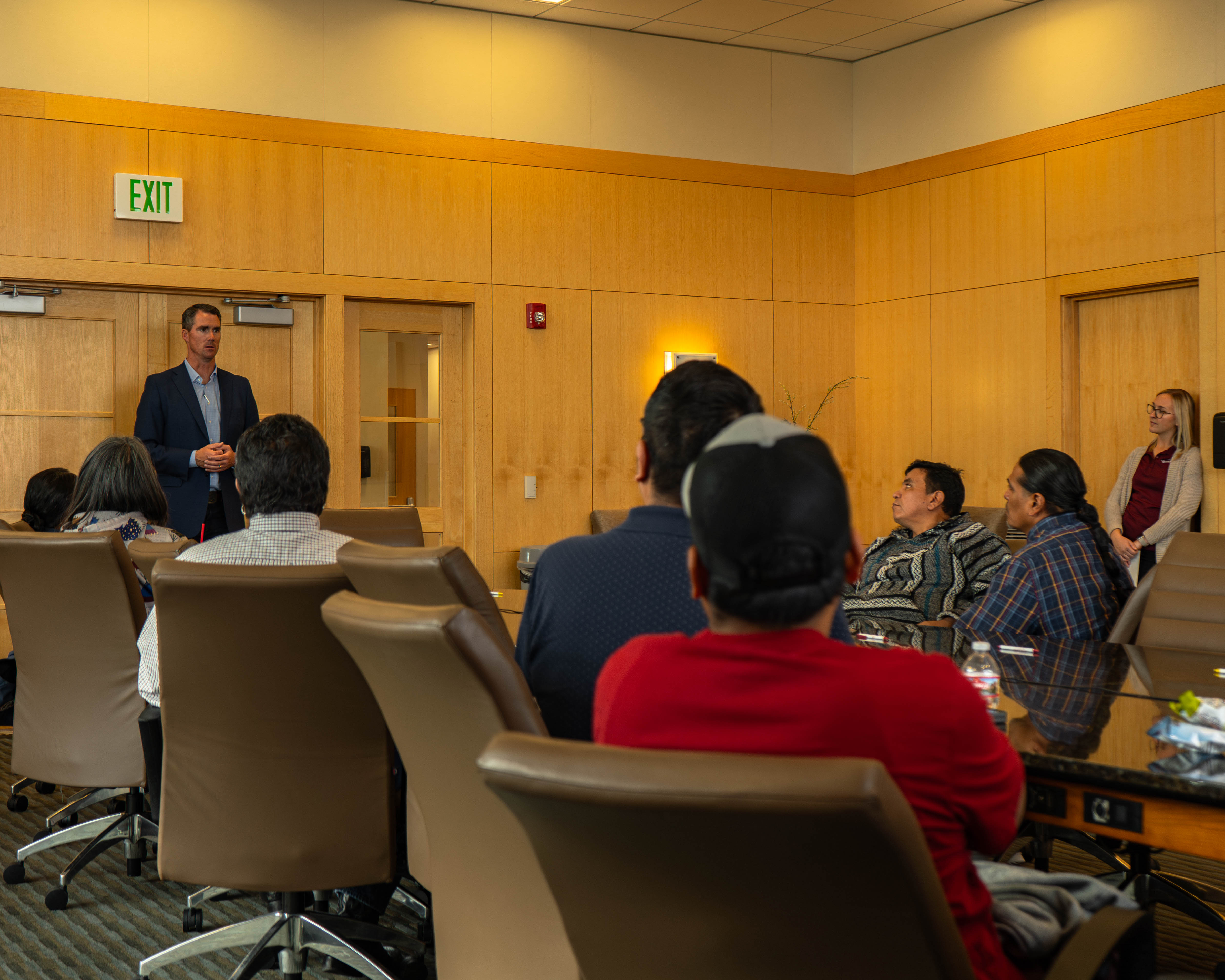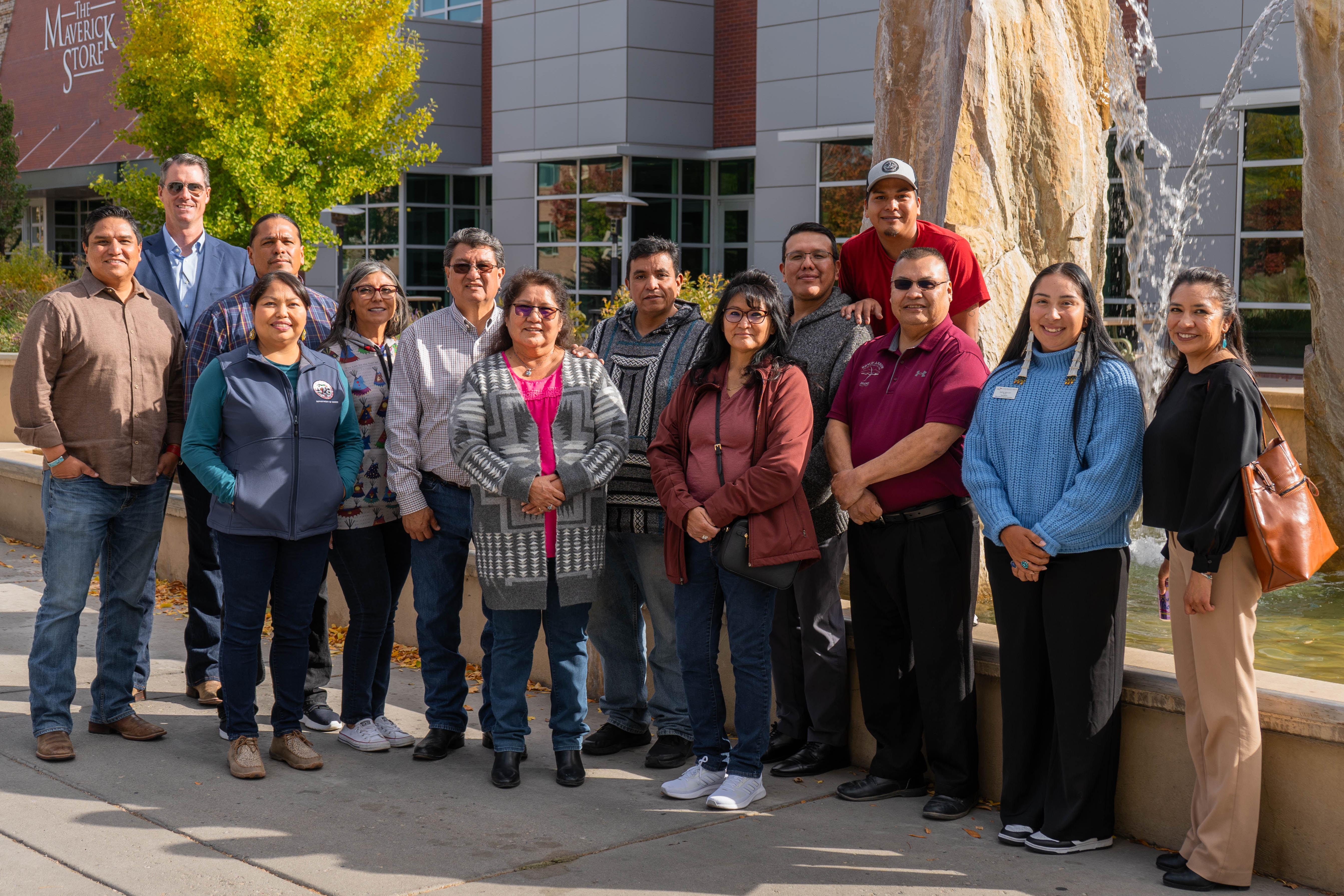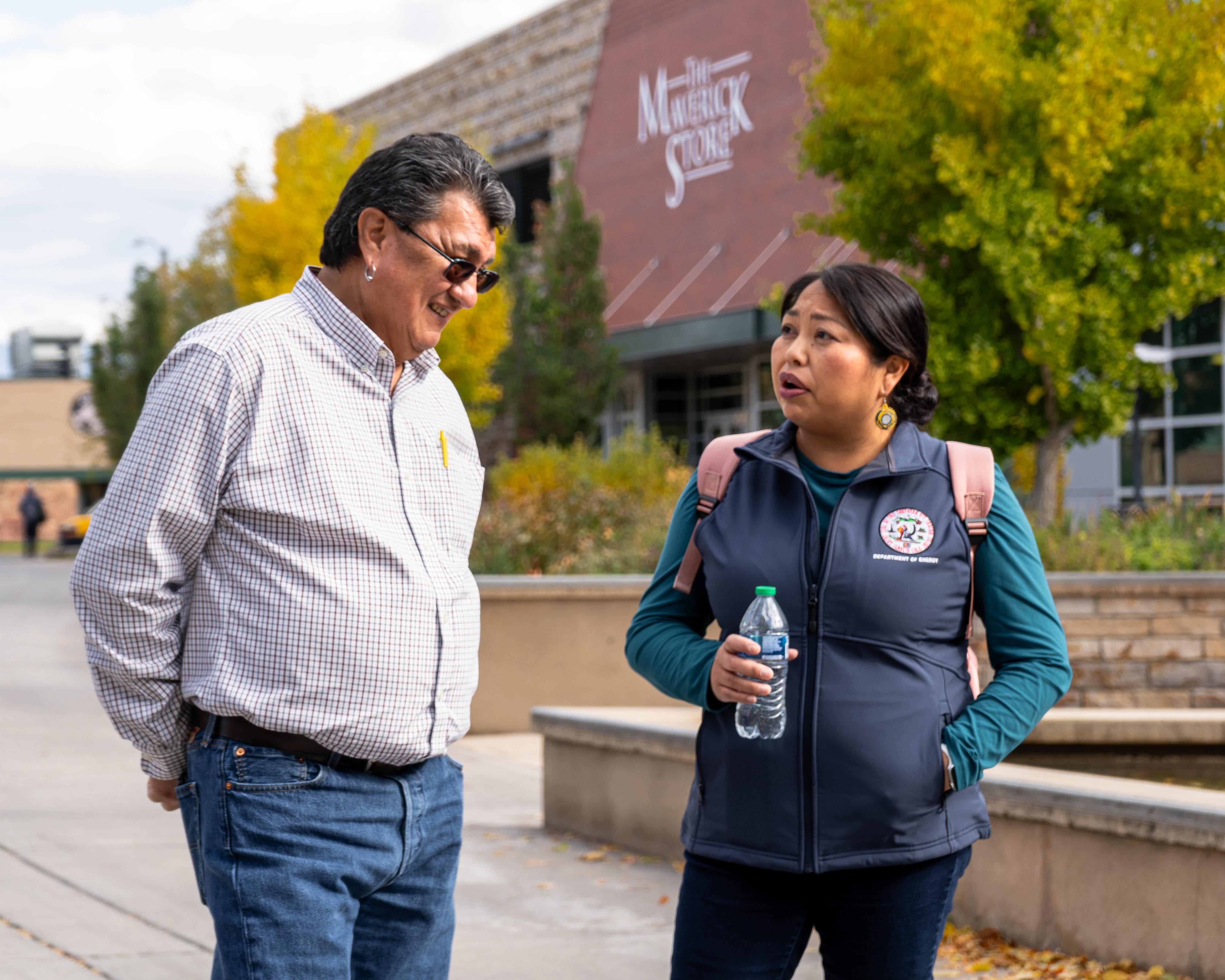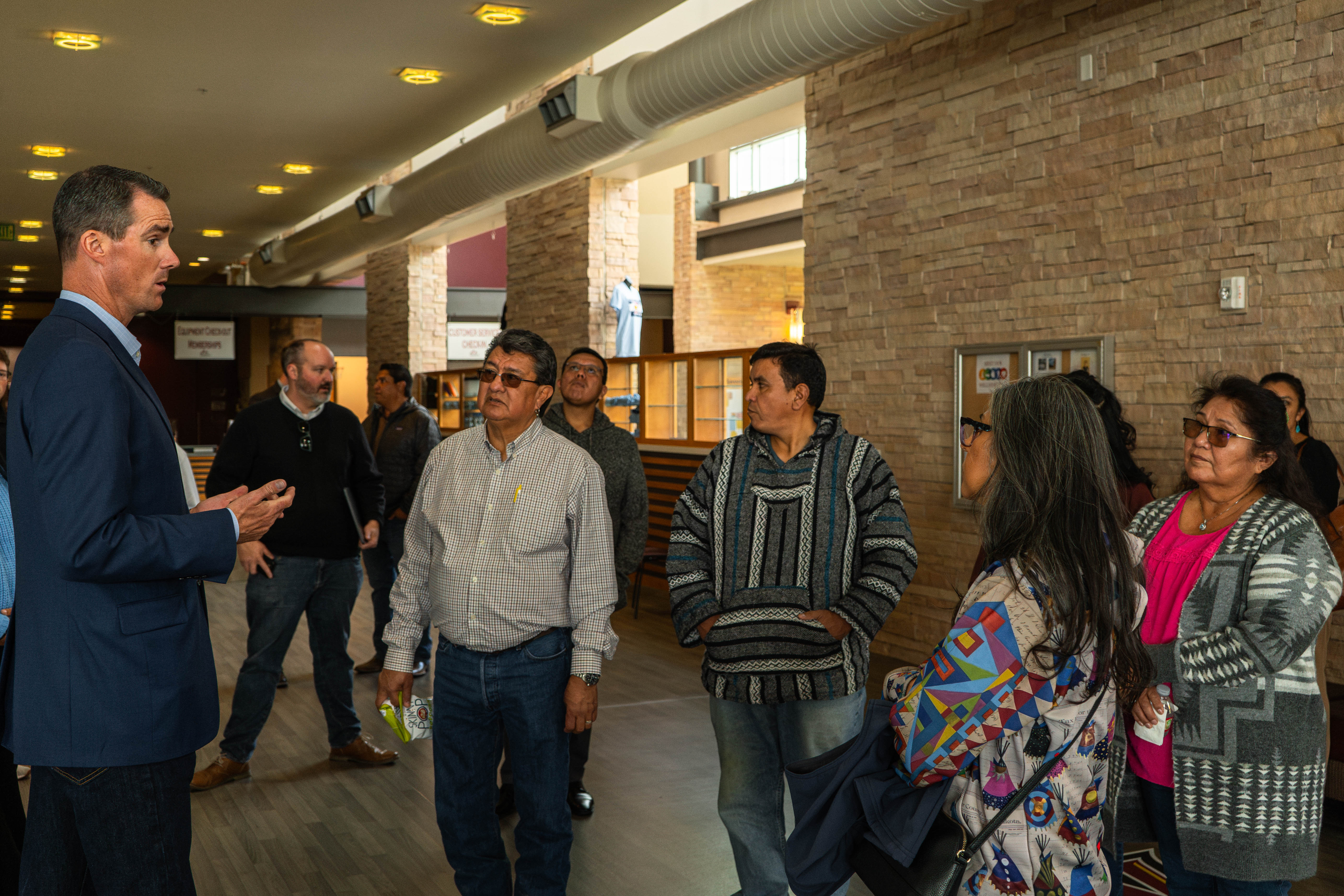An emerging partnership was formed during the Tri-Ute foregathering
The first Tri-Ute meeting ever convened at Colorado Mesa University occurred on Saturday, Oct. 28, when the tribes united within a formal process to explore opportunities, address challenges and create priorities among all three Ute Tribes.
While the current format of the Tri-Ute convening is recent, the Utes have always convened throughout Colorado's history. Not until 1868, when the Utes were forced to consolidate onto reservations, did the need to formalize the current process arise. Before that consolidation, the Ute bands would meet to discuss regional matters and to exercise cultural ceremonies like the Bear Dance, one of the oldest recorded Tribal dances in North America.

For many years, one of the gathering places on the Western Slope for Ute convenings was in Delta at the Ute Council Tree. This large cottonwood tree, which lived more than 200 years, had to be cut down in 2017.
The Tri-Ute meeting that occurred on campus was more formal, with bylaws outlining the process and procedures of having each Ute Tribal Nation represented. Among the attendees was Ernest House Jr., Director for the Center for Tribal and Indigenous Engagement at the Keystone Policy Center and Ute Mountain Tribal member.
“I grew up attending Tri-Ute meetings with my father when he was Tribal Chairman and hosted many meetings at the state Capitol when I was executive director of Indian Affairs for the State of Colorado,” House said. “I’ve always thought the power of our Ute history and culture manifests itself in a special and even sacred way when all three Ute nations come together as one.”
For the Utes today, the importance of the Tri-Ute meeting dates back generations and thousands of years. The Utes convening to discuss Tribal matters include some that are as salient and important today as they were centuries ago. During the convening meetings, council members discuss matters of cultural heritage and preservation, education, natural resources and federal lands, water use and rights, and issues of economic and socioeconomic concern on their reservations.
Before the Tribes convened their formal meeting, CMU President John Marshall addressed the council members and hosted them for a campus tour. From traditional academic spaces to CMU Tech trade programs at the Bishop Campus, the Tribes toured and learned about CMU, so that future partnerships that can support Tribal priorities might emerge.
CMU was chosen by the Utes because of its central location and its proximity to the Council Tree’s historical location.


